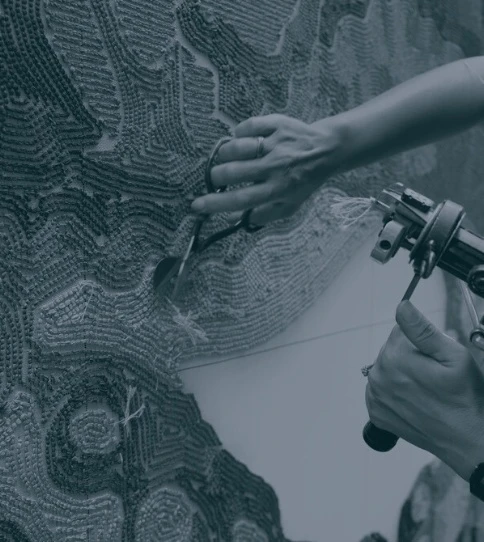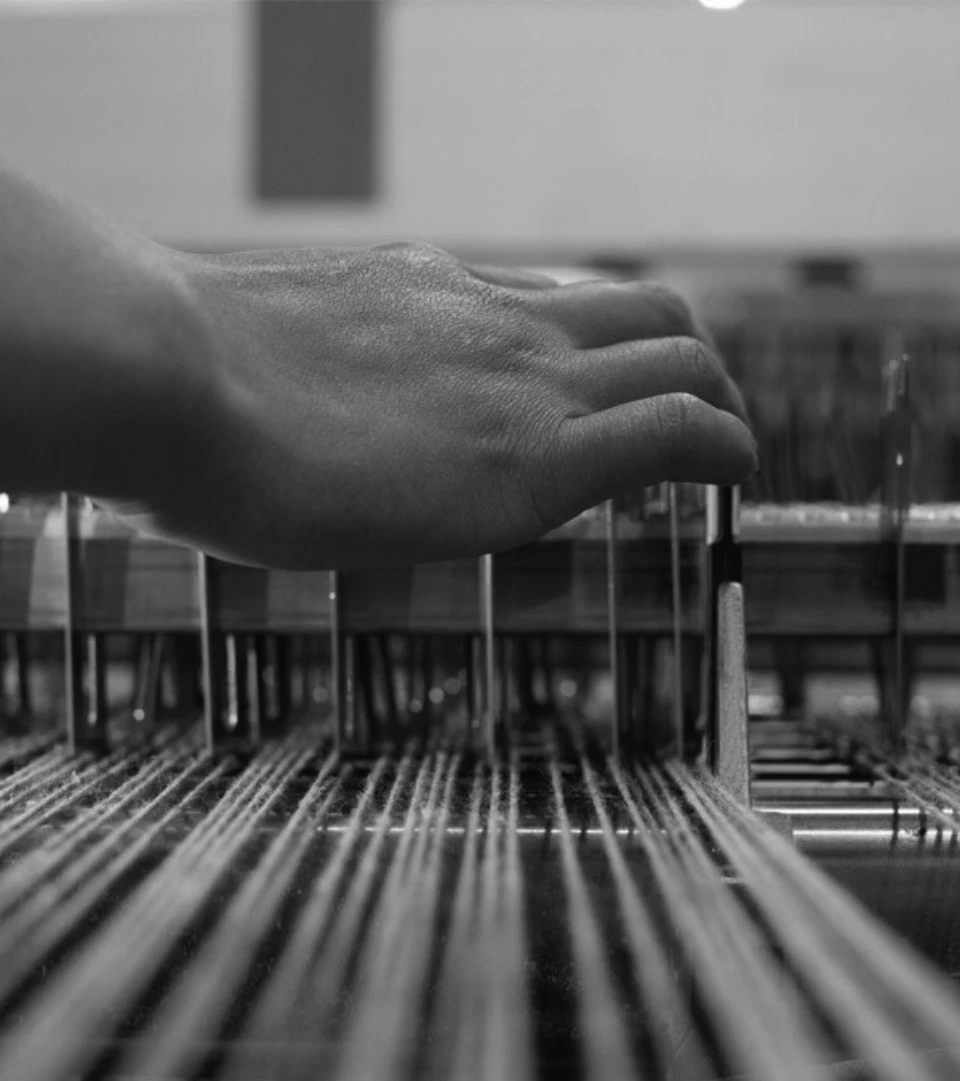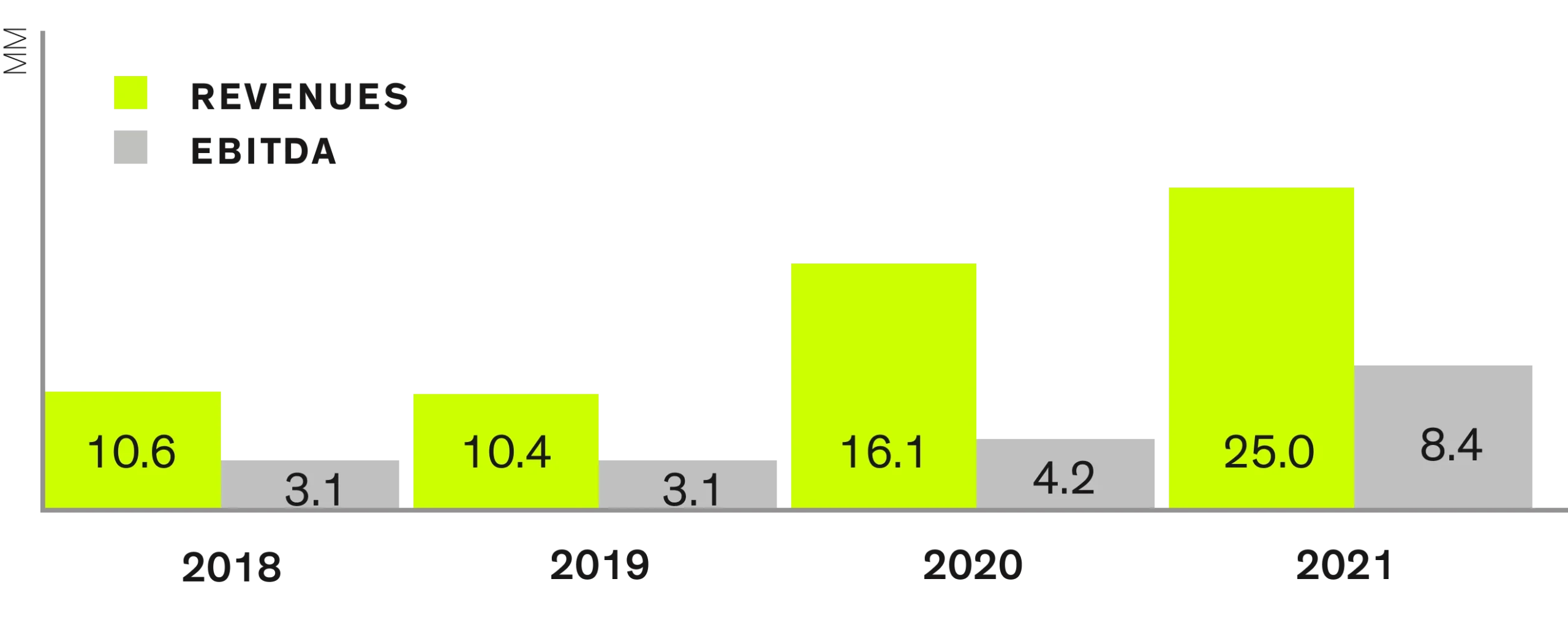
3
International Growth
There was a clear international growth opportunity, requiring balanced channel penetration.
WORK IN PROGRESS
Ferreira is a Portuguese family-owned company with over 75 years of experience, specializing in the manufacturing and commercialization of luxury rugs within a niche market.
The business model focused on the residential and European markets, exporting 90% of its production to 48 countries. The company has achieved strong positioning among other luxury brands such as Minotti, B&B Italia, and Dior, as well as with architects and designers. This positioning has driven historic double-digit growth.
Ferreira operates with three production types: Hand-Tufting, Hand-Weaving, and Hand-Knotting.
The company had reached the limits of what its organization could handle, and it became essential to build the commercial and operational structure needed to support further growth.
In 2019, Sherpa acquired Ferreira, keeping the founding family on the management committee.

The company was divided into three main business lines:
We identified that the different channels lacked a differentiated value proposition and were competing with one another. The commercial strategy was unstructured and failed to fully unlock the growth potential of each channel.
From an early stage, we recognized key opportunities for future investment. Ferreira had the potential to position itself strongly in a high-end, high-volume European luxury market and had a significant cost advantage in production. However, clarifying its positioning and separating the factory concept from a specialized private label sales force was a priority.
1
Segmented Value Proposition
To ensure growth, it was essential to define the Value Proposition by segment and communicate it clearly to the market.
2
Go-To-Market Approach
The commercial strategy required a segmented Go-To-Market approach and a more structured, specialized commercial process.

3
International Growth
There was a clear international growth opportunity, requiring balanced channel penetration.
4
Brand Model
Ferreira needed to transition from a factory-based model to a brand-based model.
1
Segmented Value Proposition
To ensure growth, it was essential to define the Value Proposition by segment and communicate it clearly to the market.
2
Go-To-Market Approach
The commercial strategy required a segmented Go-To-Market approach and a more structured, specialized commercial process.

3
International Growth
There was a clear international growth opportunity, requiring balanced channel penetration.
4
Brand Model
Ferreira needed to transition from a factory-based model to a brand-based model.

The investment thesis defined the key levers that would be activated through a multi-phase implementation plan.
Despite COVID, results were overperforming vs the initial plan. This allowed us to identify additional value creation levers during the implementation phase, enabling us to multiply the value of our investment.
Sherpa’s preparation of the exit included a business plan that featured many early-stage initiatives. These not only showcased the work developed by the Unique Rugs and Sherpa teams, but also offered a vision of sustainable, long-term growth—making Unique Rugs a highly attractive company in the market.
Unique Rugs doubled its size and tripled its EBITDA in just three years, surpassing expectations even during the COVID pandemic.
The company significantly boosted its production capacity, expanding its original facility by 1,500 m² and creating a new 1,100 m² unit. The acquisition of a Dornier automatic loom increased production capacity five- to sevenfold.
An integrated value creation strategy based on segmentation was implemented, with specific marketing plans and a coherent pricing system. This approach effectively aligned value propositions with each segment and market, prioritizing digital marketing and brand building.
The company showed strong adaptability to changing industry needs, continuously modernizing and optimizing its structure and processes.
